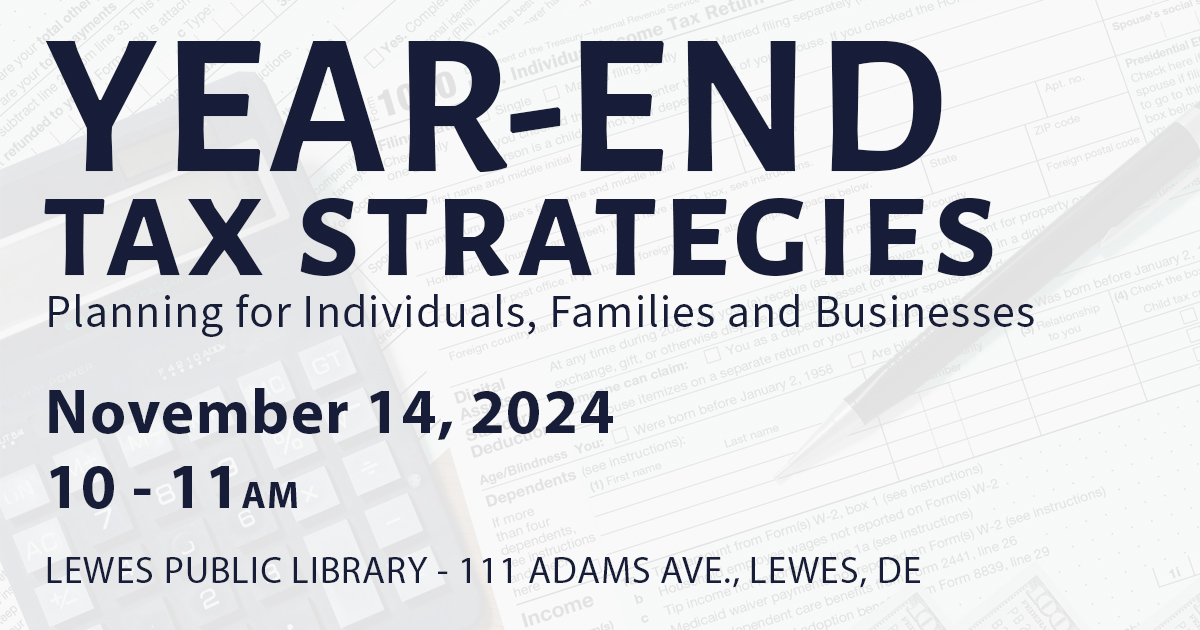Families may be able to cash in on various tax credits to offset their tax liability on a dollar-for-dollar basis. Plus, recent legislation has enhanced some of the credits for 2021. Here’s an overview of four key tax credits for families that are currently on the books.
1. Child Credit
Through 2025, eligible parents could claim a child credit of up to $2,000 for each qualifying child under age 17, of which $1,400 was refundable. (That means you could collect the refundable amount even if you had no federal income tax liability for the year.) However, the credit was subject to a phase-out, based on modified adjusted gross income (MAGI).
For 2021 only, the American Rescue Plan Act (ARPA) expands the child credit. The changes include the following for eligible parents:
- The maximum credit increases to $3,000 for a qualifying child. Plus, you can claim another $600 for each qualifying child under age six.
- The credit is 100% refundable.
- The age threshold for a qualifying child increases from 17 to 18.
What’s more, you don’t have to wait until you file your 2021 return to benefit from the enhanced child credit. The IRS will begin distributing advance payments to eligible parents on July 15 and continue them through December of this year.
There’s one major downside to these changes: The phase-out ranges for the child credit in 2021 are lower than they were before the new law.
| Filing Status | 2020 phase-out range | 2021 phase-out range |
| Single | $200,000 – $240,000 | $75,000 |
| Married, filing jointly | $400,000 – $440,000 | $150,000 |
However, some parents with incomes above the phase-out range for 2021 can elect to claim the child credit of up to $2,000 under the prior rules.
2. Child and Dependent Care Credit
The ARPA also includes significant changes in the child and dependent care credit for 2021. Generally, the changes are favorable to taxpayers.
For starters, the dependent care credit may be claimed by parents who incur costs of caring for children under age 13 (and other eligible dependents) that allow them to be gainfully employed. This covers expenses for daycare centers, babysitters and even summer day camp.
Previously, the credit was nonrefundable. The maximum credit percentage was 35% (20% for parents with an AGI above $43,000). It was available for the first $3,000 of qualified expenses for one child ($6,000 for two or more children). So, the maximum credit was usually $600 for one child ($1,200 for two or more children).
Under the ARPA, the dependent care credit is fully refundable for 2021. In addition, the maximum credit rate increases to 50% for qualified expenses of up to $8,000 for one child ($16,000 for two or more children). So, the credit ultimately is worth up to $4,000 for one child ($8,000 for two or more children).
However, the credit percentage is gradually reduced if your AGI exceeds $125,000. It bottoms out at 20% for an AGI above $183,000. Furthermore, if your AGI exceeds $400,000, the credit is gradually reduced until it zeroes out for an AGI above $438,000.
3. Higher Education Credits
Parents with children in college may be entitled to receive one of the following higher education credits:
American Opportunity Tax Credit (AOTC). This credit is available for qualified expenses for each student in the family for up to four years. Qualified expenses include tuition, room and board, books, computer equipment and supplies. The AOTC is phased out between $80,000 and $90,000 of MAGI for single people ($160,000 and $180,000 for married people who file joint tax returns).
Lifetime Learning Credit (LLC). The maximum LLC is $2,000 per taxpayer, but it’s available for all years of study. Previously, the phase-out ranges were between $59,000 and $69,000 of MAGI for single people ($118,000 and $138,000 for married people who file joint tax returns). Under the Consolidated Appropriations Act, the lower phase-out ranges for the LLC have been increased to match those for the AOTC.
Typically, you can claim either the AOTC or the LLC, but not both. For most parents, the AOTC remains the optimal choice for a child completing school in four years.
4. Adoption Credit
If you’ve adopted a child in 2021, or plan to adopt one, you may qualify for a tax credit. For 2021, the maximum credit is $14,440 of the qualified expenses incurred to adopt an eligible child who is under age 18 or one who needs special care. Qualified expenses include adoption agency fees, court costs, attorneys’ fees, travel costs (including meals and lodging) and re-adoption expenses for a foreign child.
The credit begins to phase out for taxpayers with a MAGI above $216,660. Once your MAGI is $256,600, you no longer qualify.
The credit is generally claimed in the year that qualified expenses are paid or incurred. However, if the adoption isn’t finalized by the end of the tax year, you may claim the credit in the following year or the year in which the adoption is finalized.
For More Information
These four credits are just the tip of the iceberg for families. Under current federal income tax law, some families may qualify for other tax credits, such as the earned income tax credit or the health care premium assistance credit. Consult with your tax advisor concerning your situation.
The Biden administration has proposed additional changes that would extend and expand certain tax breaks for families. However, there are no guarantees that any proposed legislation will be passed by Congress and, if it is, what form it would take and when it would become effective. Contact your tax advisor with any questions about your situation.
PKS & Company, P. A. is a full service accounting firm with offices in Salisbury, Ocean City and Lewes that provides traditional accounting services as well as specialized services in the areas of retirement plan audits and administration, medical practice consulting, estate and trust services, fraud and forensic services and payroll services and offers financial planning and investments through PKS Investment Advisors, LLC.
© Copyright 2021. All rights reserved.
Brought to you by: PKS & Company, P.A.





